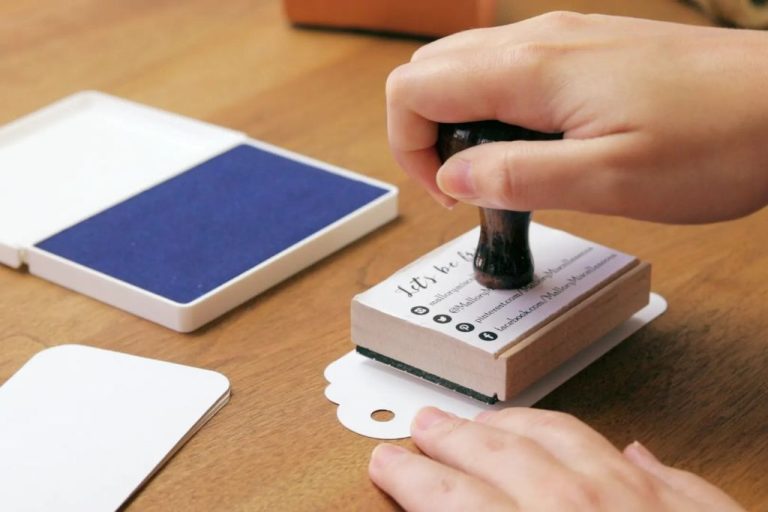What Was The Purpose Of The Paper Clip Project?
The paper clip is a simple yet ingenious fastening device with a long history. Though early fasteners like pins, ribbons and chains have existed for centuries, the first patent for the paper clip as we know it today was granted in 1867 to Samuel B. Fay. Fay’s design, originally called the “Ticket Fastener,” was intended to attach tickets to fabric. Over the next several decades, other designers made small improvements to Fay’s clip, leading to the familiar, simple bent wire design we still use. By the end of the 19th century, paper clips were widely used in offices to organize documents. Despite competition from staplers, paper clips remain popular due to their versatility, ease of use, and low cost.
The Paper Clip Project
The Paper Clip Project was launched in 1998 by two school teachers, Dagny Hjaere and Arve Stopp, at the Whitwell Middle School in rural Tennessee. As described on the Paper Clips Project website, the project began as a way to teach students about the history of the Holocaust (Wikipedia).
Hjaere and Stopp were looking for a way to educate their predominantly white, Christian students about the Holocaust. They decided to have the students collect 6 million paper clips to represent each of the 6 million Jews killed by the Nazis. The project started locally but soon spread around the world as people learned about it.
Remembering the Holocaust
The Paper Clip Project started in 1998 as a way to teach middle school students in Whitwell, Tennessee about the Holocaust. After learning that the Holocaust claimed the lives of 6 million Jews, the students and their teacher Linda Hooper wanted to find a tangible way to honor the victims. They decided to collect 6 million paper clips to represent each individual who died, with each clip serving as “a physical reminder of the huge number of victims” (Wikipedia).
As word of the project spread, paper clips started arriving at the school from around the world. With contributions from over 30 countries, the students went far beyond their original goal of 6 million. According to the Jewish Book Council, “Paper clips came pouring in, first by the thousands then tens of thousands; ultimately more than thirty million would arrive” (Jewish Book Council).
Collecting Paper Clips
In 1998, middle school students at Whitwell Middle School in Tennessee started collecting paper clips to represent each Jew killed in the Holocaust, which was approximately 6 million. The project began after the students had learned about the Holocaust and wanted to find a tangible way to honor the victims. As word spread about the students’ efforts, paper clips started arriving at the school from around the country and then from overseas as well. According to the Wikipedia article on the Paper Clips Project, “The students decided to collect 6,000,000 paper clips to represent the 6,000,000 Jews killed by the Nazis, and started a program called, ‘Paper Clips to Remember.'”
As cited in this news article, the students’ goal was to collect 11 million paper clips to symbolize the 6 million Jewish people killed in the Holocaust, as well as the 5 million others targeted by the Nazis including Roma, disabled people, Slavs, and other groups: https://www.wfmz.com/news/area/berks/7th-graders-collecting-11m-paper-clips-to-honor-lives-lost-in-holocaust/article_839b2186-7e7a-11ee-aa99-9bcdc0424f2f.html
Spreading Globally
The Paper Clip Project gained attention and spread to schools worldwide after initial media coverage. According to an article in Education Week, the project was featured on national news programs in the United States and Germany in early 2001. This exposure prompted an outpouring of interest from schools across North America and Europe wishing to start their own versions of the project.
As word of the project spread, donations of paper clips came in from around the world. An article on Wikipedia notes that at last count over 30 million paper clips had been collected. The global response demonstrated how the project’s simple concept resonated with so many and provided a meaningful way to reflect on the Holocaust.
Children’s Holocaust Memorial
The students’ collection of paper clips grew into the Children’s Holocaust Memorial. As word of the students’ project spread, packages of paper clips started arriving daily from around the world. Before long, the students had collected over 11 million paper clips, representing one clip for each of the 6 million Jewish victims plus 5 million others who were killed in the Holocaust. The sheer volume of paper clips donated made them realize they needed a permanent place to house the collection.
In 2001, with the help of donations, the school opened the Children’s Holocaust Memorial on its grounds. The memorial features an authentic German transport car filled with 11 million paper clips. According to the book Six Million Paper Clips: The Making of a Children’s Holocaust Memorial, the railcar is “a powerful symbol of the horror of the Holocaust.” The memorial serves as a place for students and visitors to honor Holocaust victims and learn the lessons of tolerance.
Lessons Learned
The Paper Clip Project taught students at Whitwell Middle School important lessons about diversity, prejudice, and the devastating impact of the Holocaust. Students learned the value of acceptance as they collected paper clips representing individual victims. According to the Lufkin Daily News, participating in the project taught students to embrace diversity and reject prejudice (source). As principal Linda Hooper explained, students learned that “we are more alike than we are different” and that small acts can make a big difference (Deseret News, source). By collecting 6 million paper clips to represent each Holocaust victim, the students gained perspective on the immense scale of the tragedy. According to a project discussion guide, students learned valuable lessons about tolerance, diversity, and civic responsibility through their involvement (source).
Holocaust Awareness
The Paper Clips Project has significantly increased Holocaust awareness and education, especially among young students. What began as a simple 8th grade history project soon transformed into an internationally recognized symbol of remembering the victims of the Holocaust. When the students at Whitwell Middle School in Tennessee first began collecting paper clips to represent each victim, they had little grasp of the true scope and impact their efforts would have. As word spread about the project, donations of millions of paper clips poured in from around the world. This outpouring demonstrated how the simple act of collecting clips touched the hearts and minds of people globally. According to the ABC 6 news article, the project continues inspiring new generations to reflect on the lessons of the Holocaust. By starting paper clip initiatives in their own schools, students gain firsthand experience in honoring victims through understanding.
Honoring Victims
The Paper Clip Project provided a unique way to remember and honor the victims of the Holocaust. As students at Whitwell Middle School in Tennessee collected over 6 million paper clips, each one came to represent an individual life lost during the Holocaust. Every paperclip was a tangible reminder of the huge scale of loss under Nazi persecution.
The goal to collect 6 million clips, one for each Holocaust victim, gave the project a solemn purpose. Students studied the biographies and stories of individual victims, learning to see them as real people rather than just a statistic. As the number of paperclips grew, the visual representation made the enormous tragedy more comprehensible.
According to the Wikipedia article on the Paper Clip Project, “The students were directly honoring and remembering individual victims of Nazi Germany.” (1) This simple yet powerful concept spread around the world, with over 30 million paper clips eventually collected. The Paper Clip Project brought home the message “never forget” in a tangible and meaningful way.
Conclusion
From a modest history lesson in 1998, the Paper Clip Project grew into an inspiring and moving memorial that touched people around the world. What began as an effort by middle school students and teachers in Tennessee to grasp the enormity of 6 million Holocaust victims blossomed into an international collection of over 30 million paper clips. Each paper clip represented a life lost, and together they visualized the staggering number of those killed in the Holocaust.
The project embodied powerful lessons about diversity, tolerance, remembrance of the past, and the importance of individual lives. As the students learned more about the victims through collecting family photos, artifacts, and personal stories, the Holocaust became real on a human level. The memorial they created in their school honors the millions murdered while celebrating the goodness that can emerge even from humanity’s darkest moments. Though the project’s founder has retired, the spirit of the Paper Clip Project continues today through education programs, public memorials, and a commitment to sharing the story with future generations.


